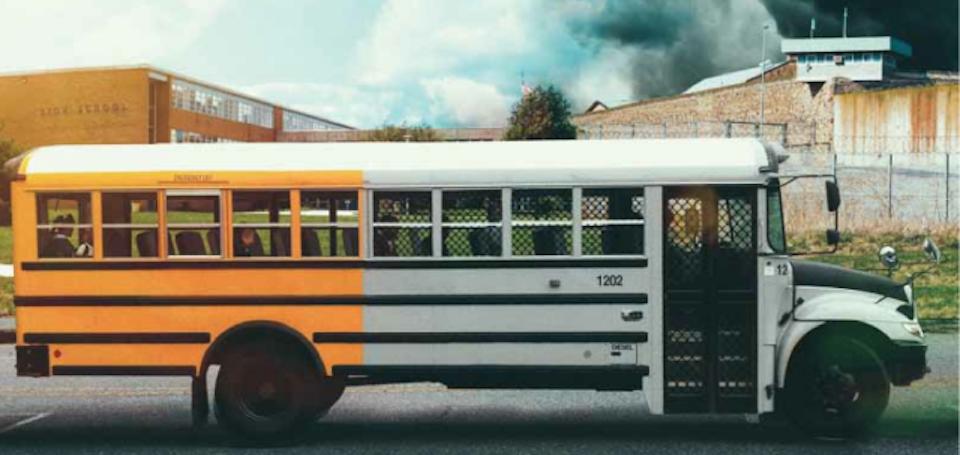“National research proves that zero tolerance policies that rely on expulsion, out-of-school suspension and transfers to alternative school are simply not working.”25

27
There is a desperate need for alternatives to zero tolerance policies in order to end the school-to-prison pipeline. Restorative practices have started to be implemented in schools across the nation as a way to replace zero tolerance policies. Nirvi Shah in ‘Restorative Practices’ Offer Alternatives to Suspension and Newark Public School’s “Zero Tolerance for Zero Tolerance Policies” offer information about different alternatives that schools are implementing. Both articles display the belief that restorative practices offer positive results in student behavior. Restorative practices are a set of techniques that were used in prisons where convicts would have to face the people that they harmed.26 These practices are seen as possible alternatives to out-of-school suspension because they avoid the risk of disconnecting a student from school.
There are different restorative practices that are being implemented in schools across the country. Shah mentions several practices being used in Illinois and California.The two practices mentioned by Shah are peer jury and circles.26 The students in a peer jury are trained to listen and interrogate fellow students. This allows for an understanding of the situation and the students can decide on a way in which to provide consequences that have meaning. For example, a student could be made to do 20 hours of community service. On the other hand, circles allow for students, teachers, and parents to discuss how the actions of the students involved affected others.These alternatives are presented because they are more productive in helping students get back on track instead of punishing the students. These practices allow for the students to have to deal with consequences that have meaning rather than spend days away from school. Newark Public Schools are an example of schools that have shifted school discipline policies from zero tolerance policies to youth development. “Zero Tolerance for Zero Tolerance Policies” describes the steps that Newark Public Schools have taken in order to eliminate zero tolerance policies in their schools. Their schools have received intensive coaching so that they can start using conflict management, peer mediation, and group conferencing.25 Both articles show that schools are moving toward the implementation of alternative school discipline strategies.
Both articles also note that the school culture must also change in order for the restorative practices to be effective. Shah points out that the change in school culture could take a lot of time. Part of the change in school culture must come from the teachers in the schools.The teachers must be able to elicit empathy and build relationships with their students.26 This is important because these interaction will allow for the students to feel more comfortable when taking part in a circle or conference. Newark schools have had to deal with the change in school culture. One step that they took to make the change in schools culture easier for their faculty was to make sure that all Newark high school principals and Newark Police Department School Resource Officers were trained on restorative practices.25 This gives the hope that school safety will improve because those that are interacting with the students will have knowledge of the restorative practices that should be used instead of zero tolerance policies. Those that interact with students should be knowledgeable about the restorative practices and willing to contribute to the elimination of zero tolerance policies in order for the school culture to change.
Nirvi Shah and Newark Public Schools present ways in which schools can work toward eliminating zero tolerance policies through the incorporation of restorative practices with the hope of limiting suspensions and keeping students in school.
